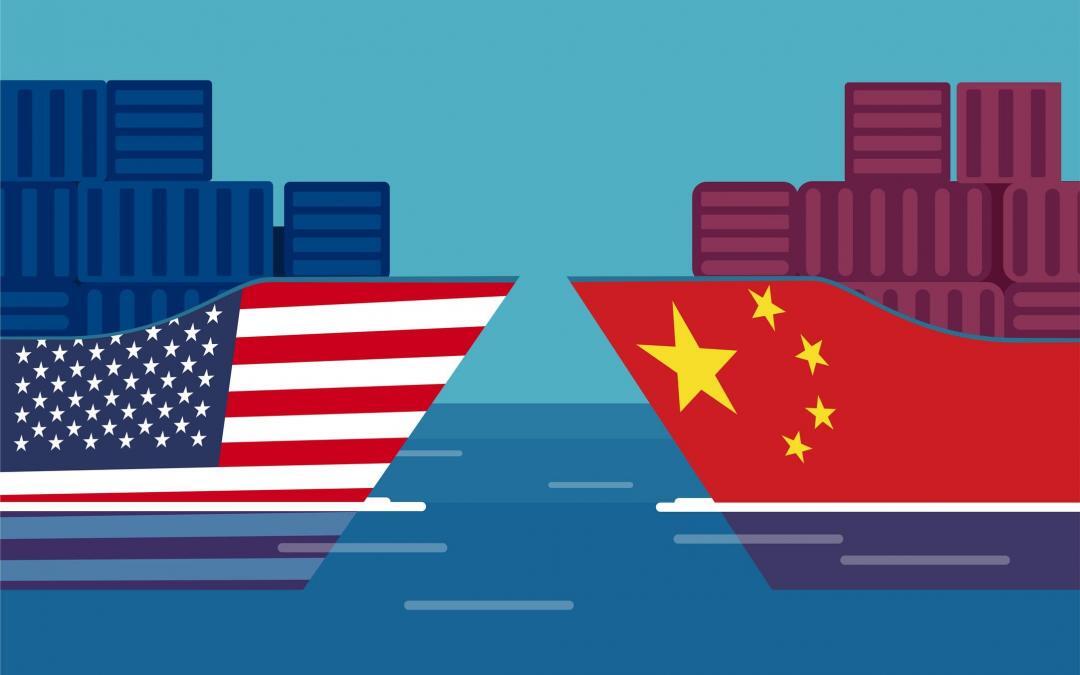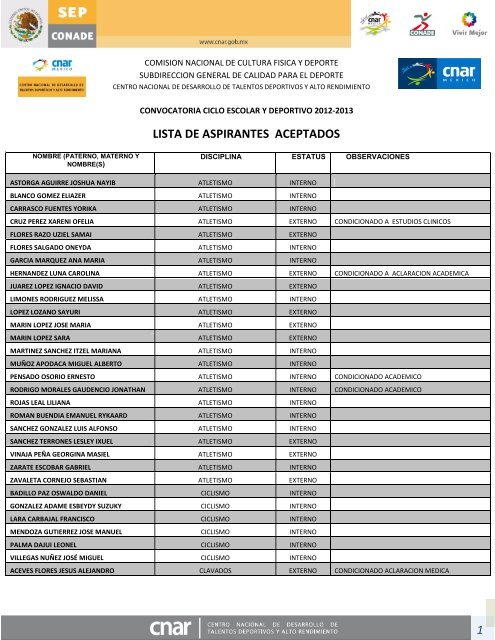U.S. Allies Face Ongoing Tariff Challenges Following China Agreement

Table of Contents
The Unintended Consequences of the China Trade Deal for U.S. Allies
While the China trade agreement aimed to reduce the U.S. trade deficit with China, it inadvertently created new hurdles for U.S. allies. The shift in trade flows, tariffs, and supply chains resulted in unforeseen and often negative consequences for many nations.
-
Increased costs for imported goods: Redirected trade flows from China to other nations, including U.S. allies, led to increased prices for imported goods. This inflationary pressure impacted consumers and businesses alike. For example, certain European manufacturers faced higher costs for raw materials sourced from China, now subject to tariffs.
-
Supply chain disruptions: Established supply chains were disrupted, leading to logistical complexities and increased costs for businesses. The uncertainty surrounding tariffs forced companies to re-evaluate their sourcing strategies, leading to delays and increased expenses.
-
Retaliatory tariffs: Some U.S. allies, feeling unfairly impacted by the redirected trade, imposed retaliatory tariffs on U.S. goods. This tit-for-tat approach further exacerbated the trade tensions and harmed bilateral relationships. Canadian lumber exports, for example, faced increased tariffs, impacting the Canadian economy.
-
Specific examples: European automakers experienced higher input costs, impacting their competitiveness. Canadian farmers faced challenges exporting agricultural products to the U.S. market due to increased tariffs.
Navigating the Complex Web of Tariffs and Trade Agreements
The intricate web of bilateral and multilateral trade agreements adds another layer of complexity to the situation. The China trade agreement's impact extends far beyond its immediate provisions, affecting numerous existing accords.
-
Most Favored Nation (MFN) principle: The MFN principle, a cornerstone of WTO agreements, dictates that tariff concessions granted to one country must be extended to all other WTO members. This principle has been significantly challenged by the unilateral nature of some tariff actions.
-
Sectoral impacts: Tariffs impact different sectors disproportionately. Agriculture, manufacturing, and technology sectors have all felt the effects of tariff increases and trade disputes. The impact varies depending on the country's economic structure and reliance on specific sectors.
-
WTO dispute resolution: The World Trade Organization (WTO) plays a critical role in resolving trade disputes. However, the effectiveness of WTO mechanisms has been challenged in recent years, particularly in the context of the U.S.-China trade war and its subsequent effects on U.S. allies.
-
Affected agreements: NAFTA/USMCA and EU-US trade relations have been significantly impacted by the ongoing tariff challenges, demanding renegotiations and adjustments to maintain trade flows.
The Economic and Political Ramifications for U.S. Allies
The ongoing tariff challenges have far-reaching economic and political consequences for U.S. allies. These impacts extend beyond immediate financial losses and influence international relations.
-
GDP and employment: Decreased exports and increased import costs directly impact GDP growth and employment in affected sectors, potentially leading to job losses and economic slowdown.
-
Strained diplomatic relations: The imposition of tariffs and retaliatory measures has strained diplomatic relations between the U.S. and its allies, raising concerns about the future of international cooperation.
-
Increased protectionism: The current situation may encourage other countries to adopt protectionist measures, further fragmenting global trade and hindering economic growth.
-
Long-term consequences: The long-term consequences for international cooperation and trade liberalization remain uncertain, with potential for further disruption to the global trading system.
Potential Solutions and Future Outlook for U.S. Allies
U.S. allies must actively pursue strategies to mitigate the negative impacts of tariffs and adapt to the changing trade landscape.
-
Bilateral trade agreements: Negotiating new or amending existing bilateral trade agreements to address specific concerns can help alleviate some of the negative impacts.
-
WTO dispute resolution: Utilizing WTO dispute settlement mechanisms to challenge unfair trade practices is crucial for ensuring a fair and equitable trading system.
-
Supply chain diversification: Diversifying supply chains and reducing reliance on specific trading partners can help mitigate the risks associated with trade disputes and tariffs.
-
Domestic investment: Investing in domestic industries to enhance competitiveness and reduce reliance on imports is a long-term strategy to improve resilience.
-
Future outlook: The future of trade relations between the U.S. and its allies depends on a variety of factors, including the willingness of all parties to engage in constructive dialogue and find mutually beneficial solutions.
Conclusion: Addressing Ongoing Tariff Challenges for U.S. Allies
The China trade agreement's unintended consequences have created significant and persistent challenges for U.S. allies. The economic and political ramifications are far-reaching, impacting GDP growth, employment, and international relations. Navigating these complex tariff issues requires proactive strategies, including bilateral negotiations, WTO dispute resolution, supply chain diversification, and domestic investment. To better understand the evolving landscape of U.S. allies and tariff challenges, further research into specific trade agreements and the ongoing developments in trade policy is recommended. Engaging with relevant organizations and staying informed about the future of U.S. trade alliances is crucial for policymakers and businesses alike. Understanding how to effectively navigate tariff complexities will be key to ensuring a stable and prosperous future for all parties involved.

Featured Posts
-
 Rescate Y Transformacion En Cortes Lista De Aspirantes A Diputados
May 19, 2025
Rescate Y Transformacion En Cortes Lista De Aspirantes A Diputados
May 19, 2025 -
 Mark Rylances Criticism Of London Music Festivals And Park Usage
May 19, 2025
Mark Rylances Criticism Of London Music Festivals And Park Usage
May 19, 2025 -
 Solve Todays Nyt Connections Puzzle 697 May 8 Hints And Answers
May 19, 2025
Solve Todays Nyt Connections Puzzle 697 May 8 Hints And Answers
May 19, 2025 -
 Little Known Postman Tricks To Boost Your Workflow
May 19, 2025
Little Known Postman Tricks To Boost Your Workflow
May 19, 2025 -
 Cannes Film Festival 2025 Will Exes Pattinson And Stewart Attend
May 19, 2025
Cannes Film Festival 2025 Will Exes Pattinson And Stewart Attend
May 19, 2025
